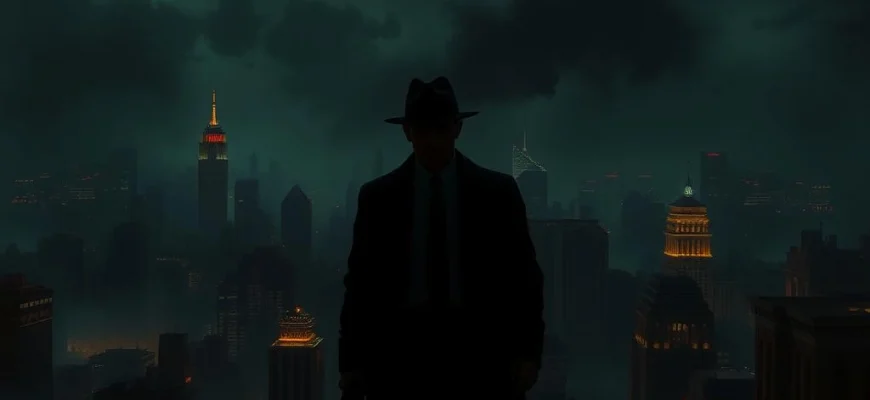If you enjoyed the gritty, psychological portrayal of Al Capone in 'Capone' (2020), you'll love these 10 similar movies and shows. This article explores films and series that delve into the dark, complex lives of infamous criminals, offering the same intense drama and character depth. Whether you're a fan of crime sagas or historical biopics, this list has something for you.
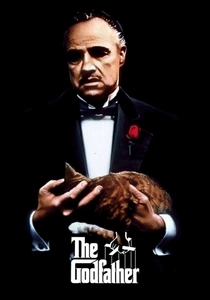
The Godfather (1972)
Description: A seminal crime epic that chronicles the Corleone family's rise to power in the mafia. The film's intricate storytelling and deep character studies set the standard for all gangster films that followed.
Fact: Marlon Brando stuffed his cheeks with cotton wool to achieve Don Vito Corleone's distinctive look and voice.
 Watch Now
Watch Now 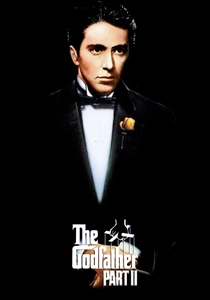
The Godfather Part II (1974)
Description: A masterful sequel that juxtaposes the rise of a young Vito Corleone with the moral decay of his son Michael. The film's dual narrative structure and themes of power and betrayal make it a standout in the genre.
Fact: Robert De Niro learned to speak Sicilian for his role as the young Vito Corleone, earning him an Academy Award for Best Supporting Actor.
 Watch Now
Watch Now 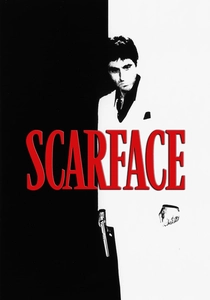
Scarface (1983)
Description: A rags-to-riches story of a ruthless gangster who rises to power through sheer brutality and ambition. The film's dark tone and graphic violence underscore the consequences of unchecked greed and power.
Fact: The iconic line 'Say hello to my little friend' was improvised by Al Pacino during filming.
 Watch Now
Watch Now 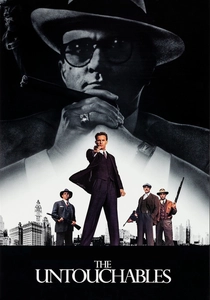
The Untouchables (1987)
Description: A gripping crime drama that delves into the world of organized crime and law enforcement's efforts to bring down notorious gangsters. The film's intense narrative and period setting highlight the brutal realities of the Prohibition era.
Fact: The film's famous train station shootout scene was inspired by the Odessa Steps sequence in the classic silent film 'Battleship Potemkin.'
 Watch Now
Watch Now 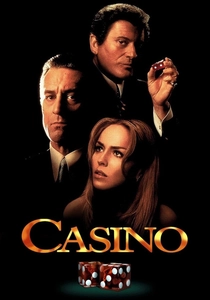
Casino (1995)
Description: A detailed exploration of the mafia's influence over Las Vegas casinos, showcasing the rise and fall of a criminal empire. The film's lavish visuals and unflinching portrayal of violence mirror the opulence and brutality of organized crime.
Fact: The movie was based on real-life events and characters, with many scenes filmed in the actual casinos where the events took place.
 Watch Now
Watch Now 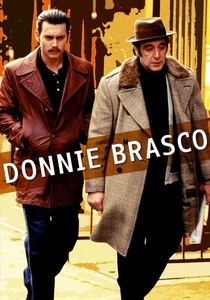
Donnie Brasco (1997)
Description: A gripping undercover story that explores the blurred lines between law enforcement and the mafia. The film's focus on loyalty and identity within the criminal underworld provides a fresh perspective on the genre.
Fact: The real Donnie Brasco (Joseph D. Pistone) served as a consultant on the film to ensure authenticity.
 Watch Now
Watch Now 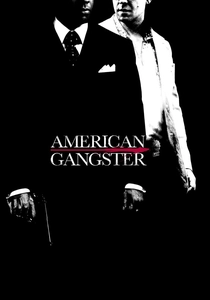
American Gangster (2007)
Description: A biographical crime film that follows the rise and fall of a Harlem drug lord. The movie's gritty realism and focus on the socio-economic factors of crime offer a nuanced take on the gangster narrative.
Fact: Denzel Washington gained 30 pounds to portray the real-life Frank Lucas, who was known for his imposing presence.
 Watch Now
Watch Now 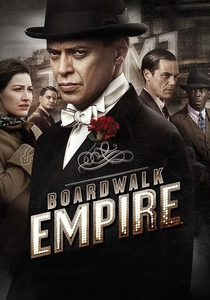
Boardwalk Empire (2010)
Description: A sprawling TV series that delves into the corruption and violence of Prohibition-era Atlantic City. The show's rich historical context and complex characters provide a deep dive into the world of organized crime.
Fact: The series was created by Terence Winter, who also wrote for 'The Sopranos,' another iconic crime drama.
 Watch Now
Watch Now 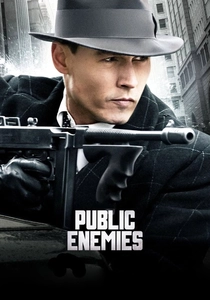
Public Enemies (2009)
Description: A stylish crime drama that chronicles the exploits of notorious bank robber John Dillinger. The film's period-accurate details and high-energy action sequences capture the allure and danger of the criminal lifestyle.
Fact: Johnny Depp spent time with Dillinger's relatives to better understand the infamous outlaw's personality and mannerisms.
 Watch Now
Watch Now 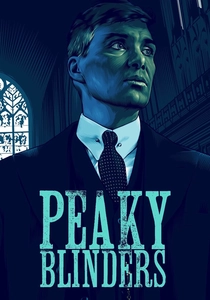
Peaky Blinders (2013)
Description: A British crime drama that follows the Shelby crime family's rise to power in post-WWI Birmingham. The show's stylish cinematography and intense storytelling highlight the brutal yet charismatic nature of its protagonists.
Fact: The real Peaky Blinders gang got their name from sewing razor blades into the peaks of their caps, which they used as weapons.
 Watch Now
Watch Now 
